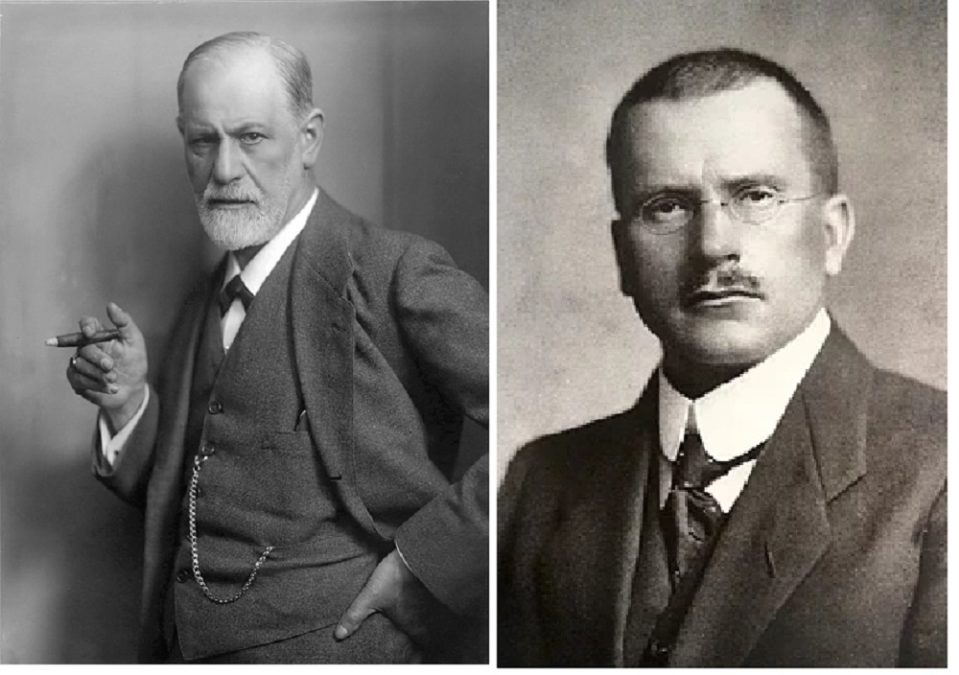“What a joy when one of our data scientists, said ‘data is stupid.’ Data only knows what it knows,” says Claire Sporton, SVP of CX Innovation at Confirmit. She is a psychologist by training and she told us why a psychological approach to using data can be used to “nudge” change.
She explained further: “We need to apply data analytics and business intelligence and ask how are we going to nudge people into changing their behaviours. Rather than telling people what to do, how can we use data and insight to augment that human decision?”
So, why would a psychologist want to work for a technology company, we asked? By Claire Sporton’s own admission, it seems surprising— or to use her words: “odd.”
“I have a passion for enabling and empowering people to do the right thing and improve their work environment,” she replied.
It’s time to study machine behaviour across disciplines, finds MIT paper
The psychologist and data
So how does it work? How does the training of a psychologist tie in with data?
It may be best to start with an example of data and a psychologist at work together.
So, take an example of an account manager working in a B2B organisation. The account manager, wants to reduce client churn. Data points might include feedback from the client as well as operational data points. The data can help define what the level of churn risk is for each of their clients.
“But we also want the individual account manager to bring their knowledge on top. So rather than just blindly looking at those numbers, we also want them to have the opportunity to bring their own perspective in. For example, consider an Account Manager that has a client that has been through a big change – maybe the CEO has just been sacked and the key decision-makers are now all different within that organisation.
“On paper, according to the data, this account looks safe. But the extra knowledge that no data has access to changes the picture completely. If we ignore the human, we lose the accuracy because we were blinded by numbers. It’s vital that we give the account manager the opportunity to bring their own knowledge and layer that with the data that’s in the system. Then use that data to make a more informed decision.”
Claire Sporton: “It’s a case of using data and the tools of a psychologist to help people make a better business decisions and then measuring the action that’s taken.”
Critically, the result needs to be measured. “How much action and change is driven off the decision that individual makes? Do they change their behaviour? Do they try a new way of engaging with clients? In the example of the Account Manager above, without adding the additional human knowledge, it’s the business equivalent of looking so hard at Google Maps, you cycle into a tree. We need to look up from the numbers. ”
Machine learning, data, anthropologists and ethnography: big data needs thick data
So, it’s a case of using data and the tools of a psychologist to help people make a better business decisions and then measuring the action that’s taken.
“So rather than constantly looking in the rear-view mirror, and looking at analytics around what happened yesterday or last month, if we are looking to drive a different outcome, we need to look at the level of change being driven across an organisation. Only then will we be able to predict into the future whether they’re going to see an improvement in that number or not.“
Sporton added: “It’s about being more pragmatic around how we use this data. We all love PowerPoint decks, and excel sheets giving lots of analysis of numbers, but is that really truly driving operational change across an organisation? I think that’s what we’re going to see in the next few years: a real shift, really using data to drive change?”
“I think it’s a big mind shift for people, particularly around starting to measure action rather than just the outcomes.
“If we’re looking to drive viral change in an organisation, we need to provide everybody within the organisation, from the individual contact centre agent, to the senior leaders, with their own personalised map of factors, and understand what behaviour change we’re trying to drive.
“This links into agile working too, enabling people to fail fast: try something, see if it works; if it doesn’t work, try something different. I think we’ve got to get much more flexible around that.”
And for Sporton, combining data with a psychologist approach is a way to help make this change.







